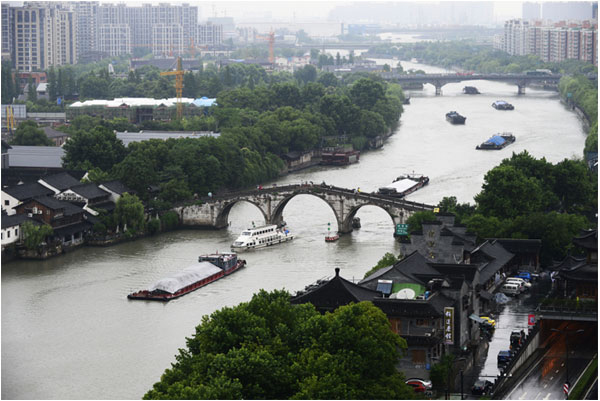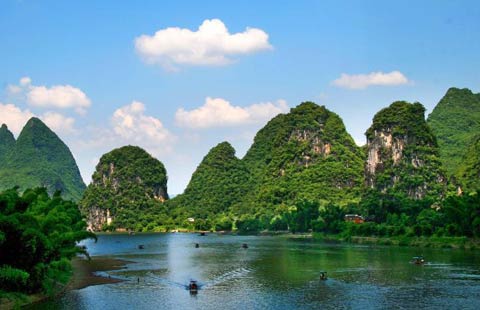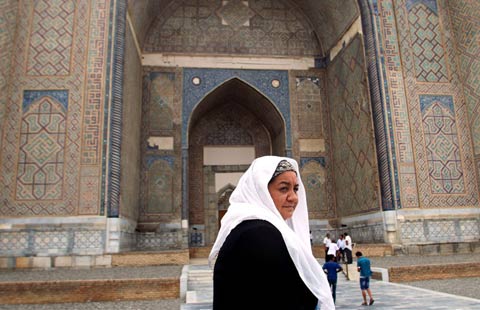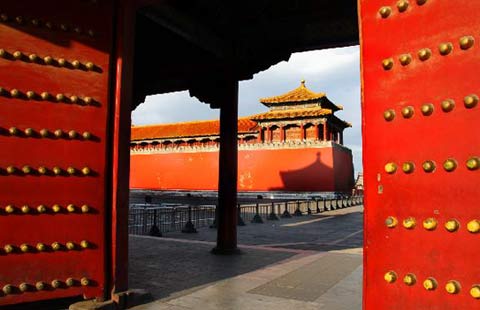Silk Road, Grand Canal recognized as world treasures
By Wang Kaihao ( China Daily ) Updated: 2014-06-23 16:00:01
 |
|
The Grand Canal, the longest artificial waterway in the world, were added to the World Heritage list on Sunday. Li Zhong / for China Daily |
UNESCO began to encourage countries along the Silk Road to join hands in bidding for World Heritage status as early as the 1990s. However, substantive work only began in 2006, due to academic disputes over which corridor was the most representative.
The current project stood out among several candidate routes in earlier evaluation by the International Council of Monuments and Sites.
Tong said China would probably submit more international requests for World Heritage status in the future.
There are 33 historical sites in the Silk Road project, with 22 in China's four provincial-level administrative regions (Shaanxi, Henan and Gansu provinces and the Xinjiang Uygur autonomous region) together with eight in Kazakhstan and three in Kyrgyzstan. The complex project includes various types of heritage, including Buddhist sites, military passes and remains of ancient cities.
The main line of this ancient route connecting the East and the West was in use from the 2nd century BC to the 16th century AD and stretched for more than 8,700 kilometers during its peak use.
The other winning candidate on Sunday, the Grand Canal, covers eight Chinese provinces and municipalities. The canal is the world's longest artificial waterway.
China has the world's second-largest number of World Heritage sites after Italy, although it only made the list for the first time in 1987, 10 years after the first session of the World Heritage Committee was held.
|
|
|
|
|
|
|
|























 Raymond Zhou:
Raymond Zhou: Pauline D Loh:
Pauline D Loh: Hot Pot
Hot Pot Eco China
Eco China China Dream
China Dream China Face
China Face




